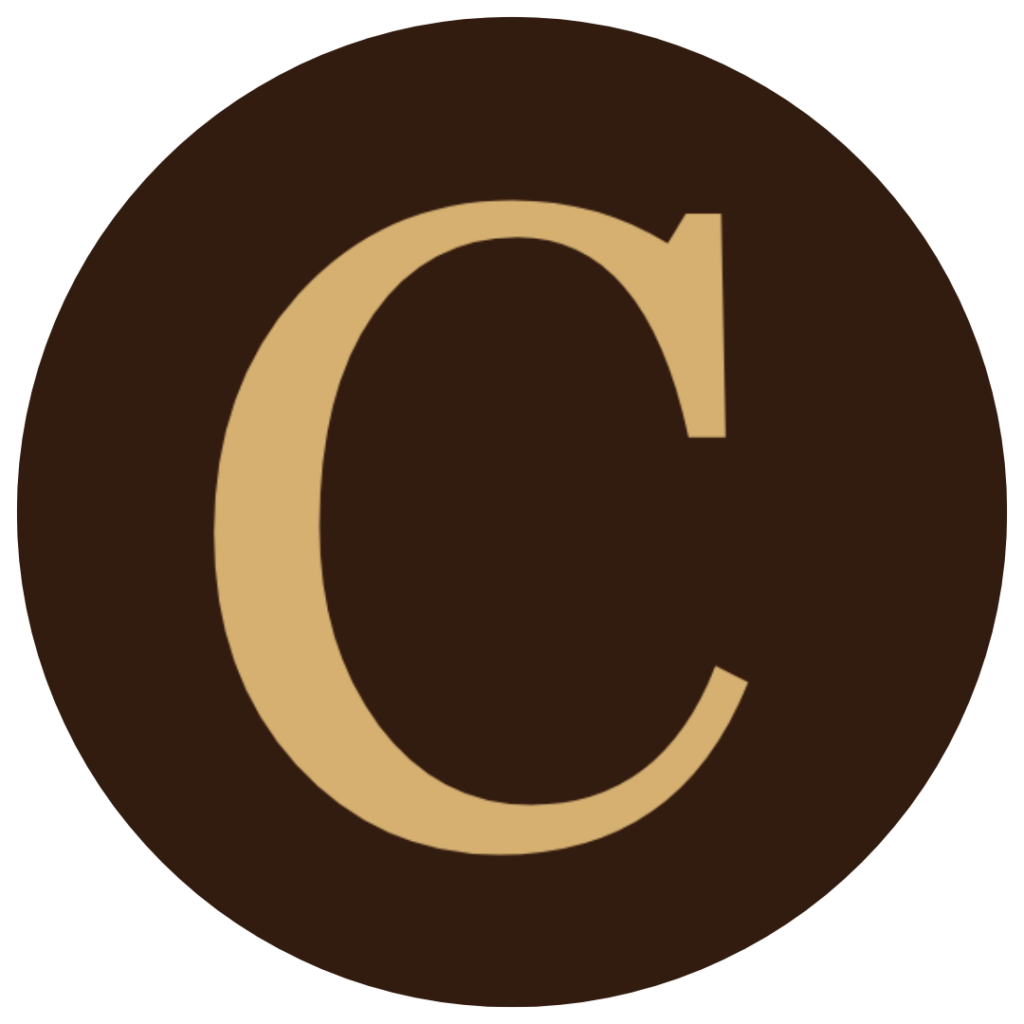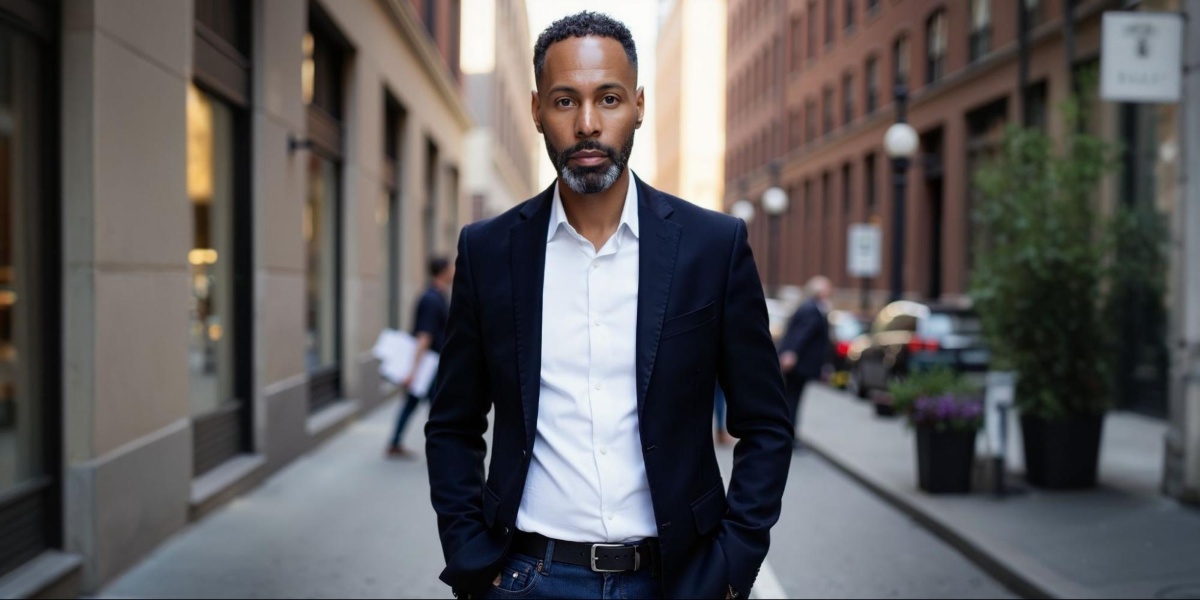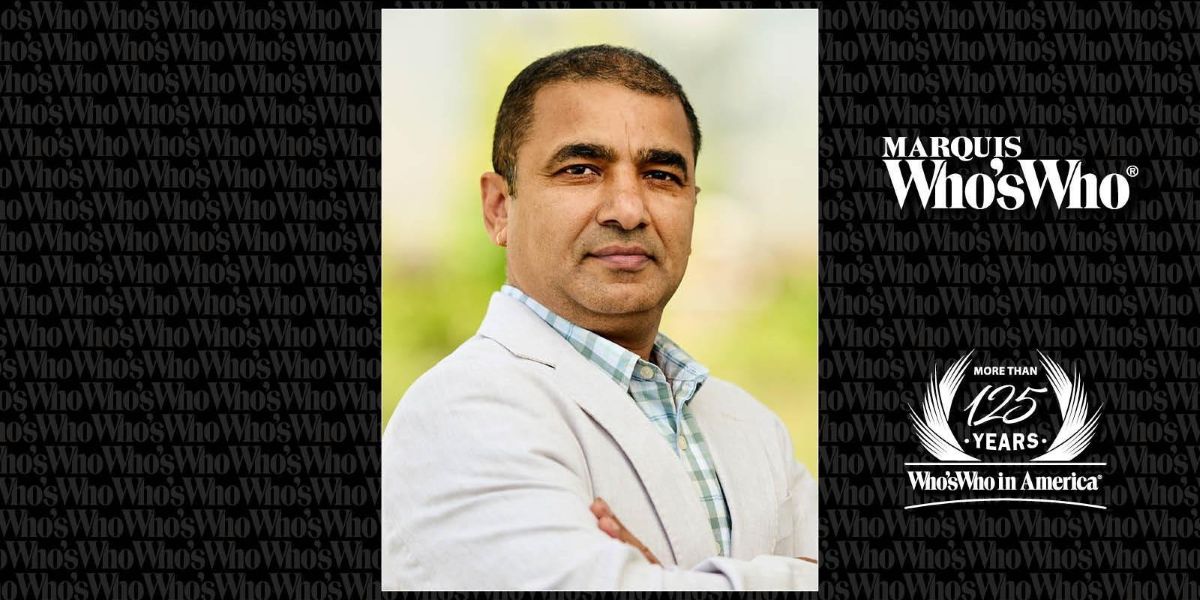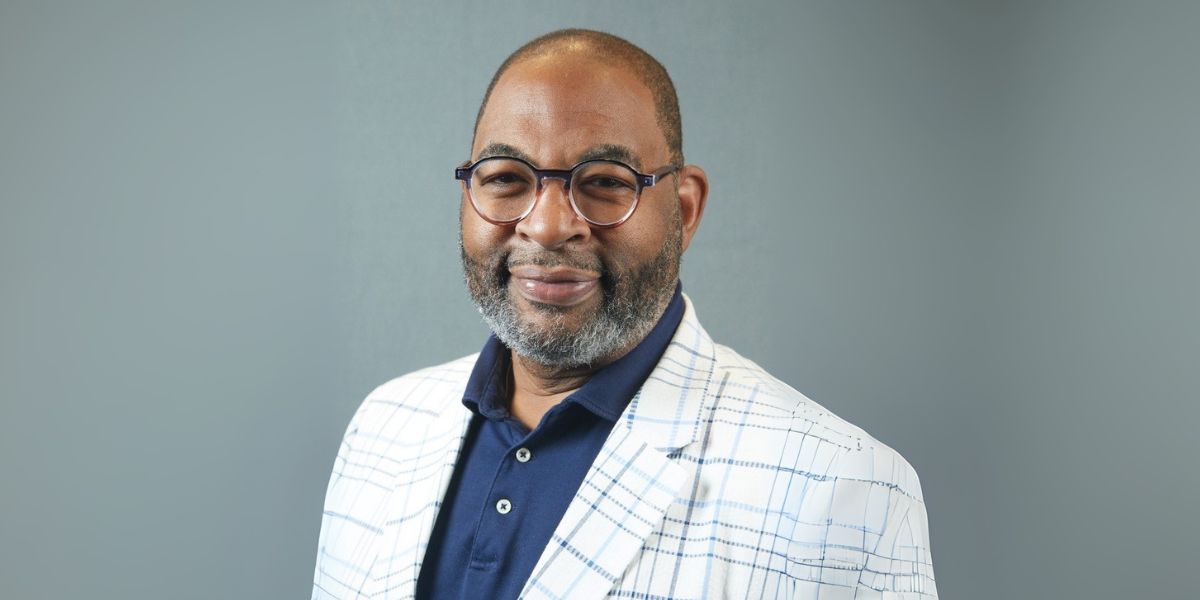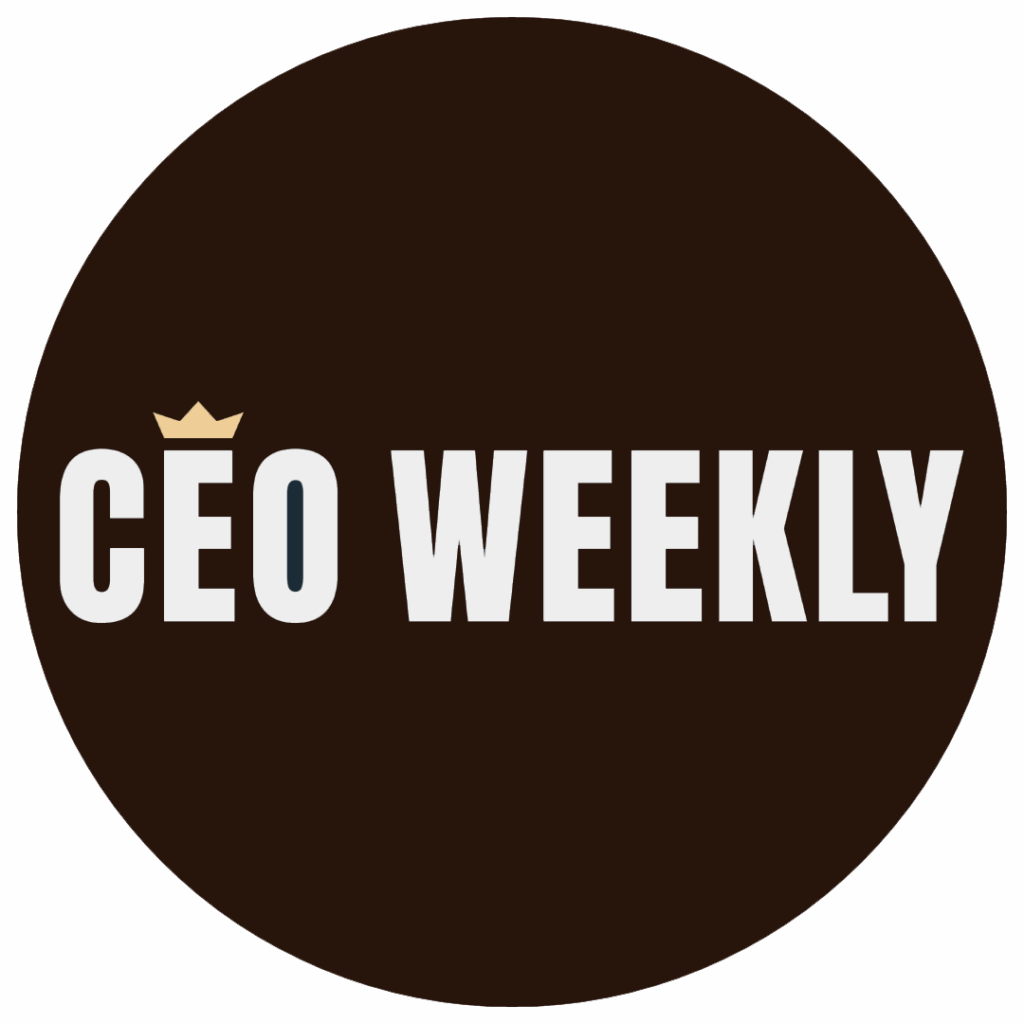In today’s evolving workplace, measuring diversity through headcounts or compliance checkboxes is no longer enough. Organizations must go deeper, embedding inclusive practices into the very culture of the business. Traditional diversity programs, while well-intentioned, often focus more on representation than on true belonging. For leaders committed to long-term success, inclusion must be redefined as a daily, organization-wide value.
That is the driving principle behind the V.A.L.U.E. Culture Framework developed by workplace culture expert Chellie Phillips. This framework—centered on Vision, Accountability, Leadership, Uniqueness, and Engagement—offers a roadmap for creating inclusive workplaces where every employee feels respected, empowered, and connected.
Vision: Crafting a Unified Purpose
A shared vision is the foundation of an inclusive workplace. When employees understand the organization’s purpose and see how their individual contributions support that mission, it cultivates alignment and reduces barriers between groups. Vision provides meaning beyond the task list and creates common ground.
Case in Point: In Culture Secrets, Phillips highlights a mid-sized tech company that reimagined its vision to emphasize innovation and social impact. The new direction attracted more diverse candidates and unified the current team, fostering collaboration and a deeper sense of inclusion.
Leadership Insight: A clearly communicated vision gives employees from all backgrounds a reason to connect with the organization and one another.
Accountability: Building Trust Through Responsibility
Accountability is essential to building trust. When clear expectations and standards apply equally to all, employees feel safe contributing ideas and raising concerns. In truly inclusive cultures, accountability ensures that respect and fairness are non-negotiable.
Leaders play a key role in setting this tone. By modeling accountability themselves and creating systems that uphold it, they foster a climate of equity and respect.
Leadership Insight: Inclusion cannot thrive in the absence of trust. And trust is built through shared responsibility, consistency, and fairness.
Leadership: Guiding with Empathy and Integrity
Inclusive workplaces are shaped by leaders who model empathy, transparency, and integrity. These leaders listen more than they speak, seek input from diverse voices, and demonstrate that every perspective holds value.
In Culture Secrets, Phillips recounts the transformation of a regional franchise that invested in leadership development to align its mission with both internal teams and the community. This approach helped the company better understand its workforce and customers while creating a culture of appreciation and connection.
Leadership Insight: Culture reflects leadership. Organizations thrive when leaders prioritize emotional intelligence and intentional inclusiveness.
Uniqueness: Celebrating Individual Contributions
Inclusion means moving beyond tolerance to celebration. When organizations recognize and appreciate each employee’s distinct talents, backgrounds, and perspectives, they unleash greater innovation and loyalty.
Phillips shares the story of a company featured on the Culture Secrets Podcast that invited employees to share personal passions and cultural traditions through company-wide events. This not only fostered mutual understanding but strengthened camaraderie and respect across departments.
Leadership Insight: Innovation thrives in environments where individuality is welcomed and honored.
Engagement: Involving Everyone in the Cultural Fabric
Inclusion requires participation. Employees must feel not only heard but also involved in shaping the direction of their organization. Engagement happens when individuals see their input reflected in decisions and feel their work is valued.
Cross-functional projects, feedback sessions, and employee resource groups are just a few ways companies are fostering engagement across diverse teams. In Culture Secrets, Phillips describes how companies using these strategies experienced greater retention and collaboration.
Leadership Insight: Engagement is the bridge between diversity and inclusion. Without it, even the best strategies fall flat.
Integrating V.A.L.U.E. into Organizational Practices
To bring the V.A.L.U.E. Culture Framework to life, organizations can implement these strategies:
- Communicate the Vision Consistently: Reinforce your company’s mission through multiple channels and touchpoints.
- Create Transparent Accountability: Develop clear standards and expectations for all, supported by systems that promote fairness.
- Invest in Leadership Development: Equip leaders with tools to lead inclusive, emotionally intelligent teams.
- Celebrate Uniqueness: Host events and platforms that highlight employee stories, backgrounds, and talents.
- Encourage Participation: Involve employees in strategic conversations, ask for feedback, and demonstrate responsiveness.
Creating a culture of inclusion is not about checking boxes. It is about weaving values like Vision, Accountability, Leadership, Uniqueness, and Engagement into every interaction and decision. The V.A.L.U.E. Culture Framework provides a path for companies that want to move beyond surface-level diversity efforts and build cultures where everyone is seen, heard, and respected.
To explore more actionable ideas and case studies, readers can turn to Culture Secrets or listen to the Culture Secrets Podcast for insights from leaders who are successfully transforming their organizations through culture.
Chellie Phillips is a workplace culture expert, speaker, and bestselling author dedicated to helping leaders create thriving, people-first organizations. Through her V.A.L.U.E. Culture Formula, she equips businesses with the tools to build engaged teams, boost retention, and drive long-term success. Learn more about her books, podcast, and leadership programs at www.chelliephillips.com.
Published by Jeremy S.



